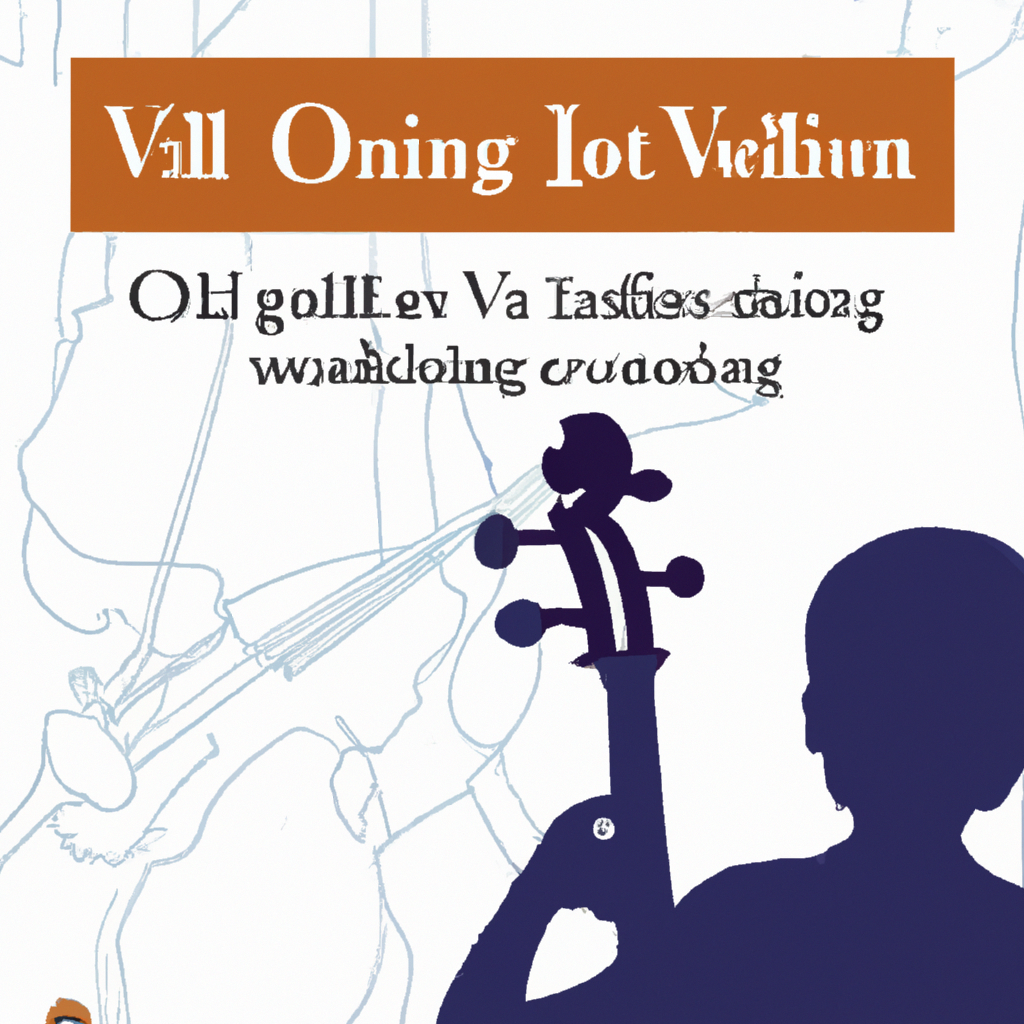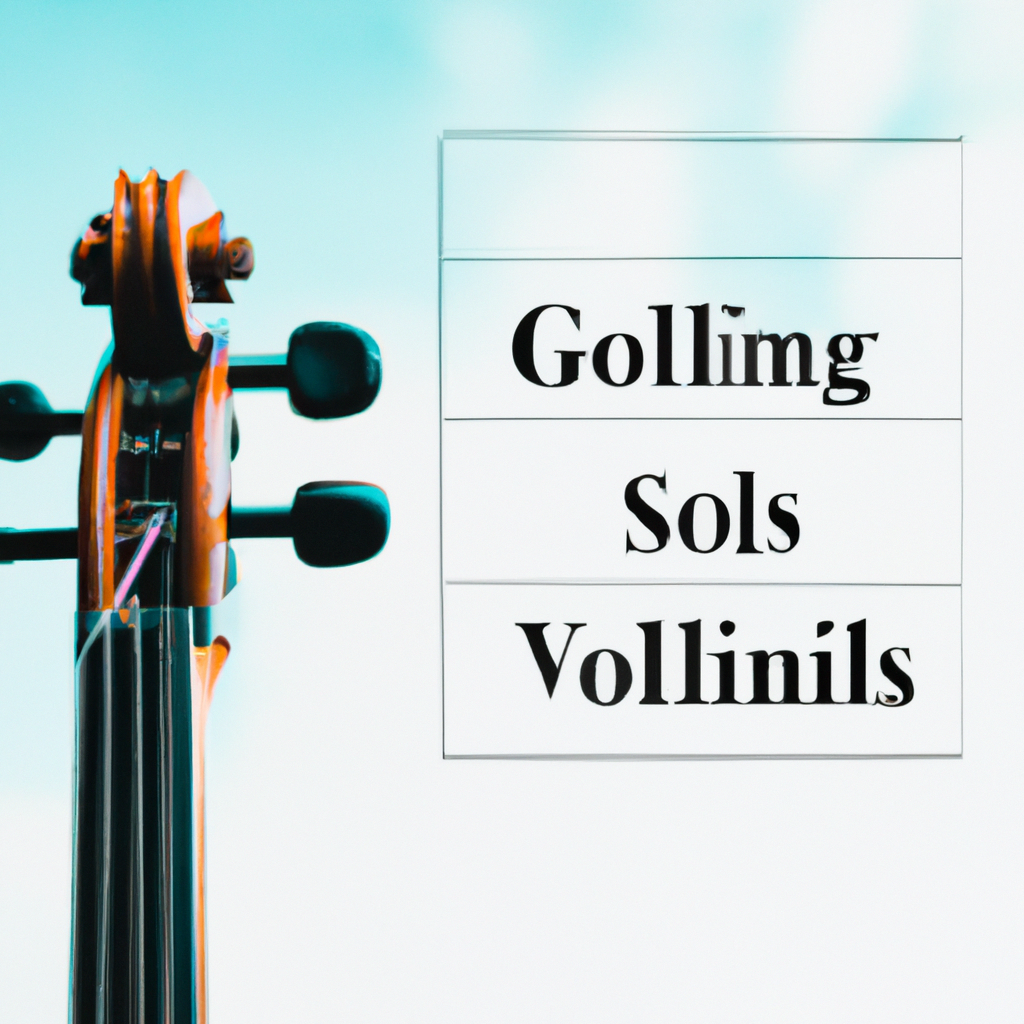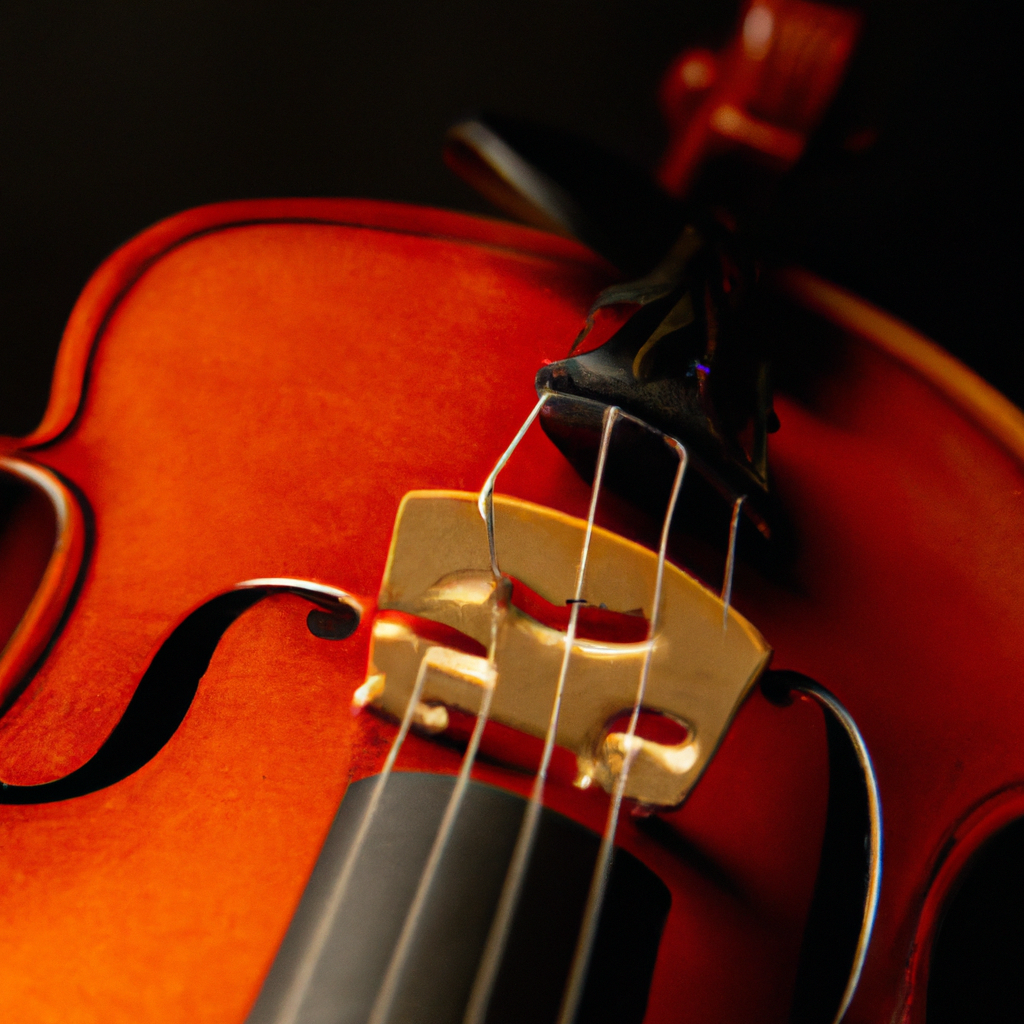
Learning to play the violin is an exciting journey that requires dedication, patience, and a systematic approach. Whether you have always been drawn to the beautiful sound of the violin or are eager to join an orchestra, this article will guide you through the essential steps to mastering the violin as a beginner.

Having a systematic approach to learning the violin is crucial to ensure consistent progress and prevent frustration. By following the steps outlined in this article, you will develop a strong foundation and set yourself up for success in your violin journey.

Setting achievable goals is essential for beginners in their violin learning process. Without clear goals, it can be challenging to stay motivated and measure progress effectively. Here are some tips for setting realistic goals:

Choosing the right violin is crucial for beginners to ensure a comfortable playing experience and optimal sound quality. Here are some considerations when selecting a violin:

For more information on choosing the right violin, you can visit this website.
Developing proper violin technique is crucial for beginners to produce a beautiful and consistent sound. Pay attention to the following aspects:
Understanding the basic notes and scales is essential for any violinist. Start by familiarizing yourself with the musical alphabet and the notes on the violin:
Practice exercises and techniques such as scales to improve finger dexterity and familiarize yourself with different patterns on the fingerboard.
Reading sheet music and understanding musical symbols is an essential skill for violinists. Here are the basics of music notation:
Approach learning new pieces of music by breaking them down into smaller sections, practicing them slowly, and gradually increasing the tempo.
Rhythm and timing are crucial aspects of violin playing. Here's how you can improve your rhythm and timing skills:
Bowing techniques are fundamental to producing a beautiful sound on the violin. Here are some essential bowing techniques:
Regularly incorporate exercises and drills that specifically target bowing techniques into your practice routine.
Building finger strength and control is vital for accurate and agile violin playing. Here are some exercises to develop finger strength:
Consistent practice of these exercises will help develop muscle memory and control over your fingers on the fingerboard.
Practicing efficiently is key to making progress on the violin. Here are some tips for creating an effective practice routine:
Remember, quality practice is more important than quantity. Stay focused and engaged during your practice sessions.
Seeking instruction from a qualified violin teacher is highly recommended for beginners. Here are some benefits of taking lessons:
To find a suitable violin teacher, ask for recommendations from local music schools, search online directories, or visit your local music shops.
Learning the violin can be challenging at times, but don't let frustration discourage you. Here are some strategies to overcome challenges:
Remember, perseverance and a positive mindset are key to overcoming challenges and reaching your full potential as a violinist.
The journey of mastering the violin is an ongoing process that requires dedication, patience, and a systematic approach. By setting achievable goals, practicing consistently, and seeking proper instruction, beginners can make significant progress on the violin in no time.
Remember to stay dedicated, enjoy the process, and celebrate your achievements along the way. With perseverance, you'll soon be playing beautiful melodies on the violin.
Mastering the violin as a beginner depends on various factors such as natural talent, prior musical experience, practice consistency, and the complexity of the repertoire you aim to achieve. It is important to set realistic expectations and understand that mastery is a lifelong journey rather than a destination.
While it is possible to learn the violin without a teacher, having a qualified teacher can significantly accelerate your learning process. A teacher can provide personalized guidance, correct technical issues, and offer valuable feedback that may be challenging to identify on your own. However, if you choose to self-learn, there are online resources, tutorials, and instructional books available to support your journey.
Consistency is key when it comes to practice. It is better to have shorter, regular practice sessions than infrequent, lengthy ones. Aim for at least 30 minutes to an hour of focused practice each day. However, it is important to listen to your body and avoid overexertion, as regular rest is also crucial for skill development and muscle recovery.
Common mistakes beginners make when learning the violin include incorrect bow grip, poor posture, excessive tension in the hands and arms, improper finger placement, and inadequate practice techniques. It is important to be mindful of these mistakes and seek guidance from a teacher to correct them early on.
Learning any musical instrument can be challenging, and it is normal to experience frustration at times. To maintain motivation, set realistic goals, celebrate small achievements, vary your practice routine, seek inspiration from listening to professional violinists, and remind yourself of the joy and fulfillment that playing the violin brings. Don't be too hard on yourself and remember that progress takes time.
If you have any other questions or need further assistance, feel free to reach out to us on https://bannhacflamenco.net/cho-thue-ban-nhac/luom-lat-tin-do-day/.